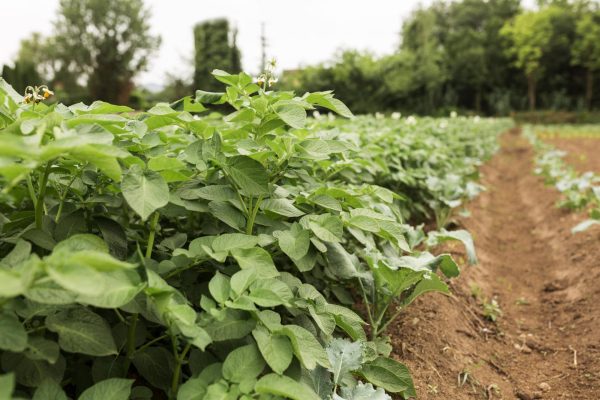Project Report for Perilla Cultivation
Introduction
Project Report for Perilla Cultivation is as follows.
Perilla is an herbaceous plant species belonging to the mint family, Lamiaceae. It is commonly known as Chinese basil, Shiso, or Wild basil and is native to the eastern Asia region. In India, perilla is mainly cultivated for its leaves which are used as a herb for seasoning food and for medicinal purposes.
Perilla is a hardy plant that can grow in a variety of soils, including well-drained sandy or loamy soils, and can tolerate a wide range of temperatures. It is a fast-growing plant and can reach maturity within 60 to 90 days from the seedling stage. The leaves of perilla are large, aromatic, and have a slightly bitter taste. They can be harvested several times during the growing season and are used fresh or dried.
Perilla can be grown from seeds or cuttings and is relatively easy to cultivate. When growing from seeds, the seeds should be sown in well-prepared soil in the spring or summer. The seeds should be spaced approximately 30 cm apart and should be covered with a light layer of soil. Perilla requires full sunlight and well-drained soil to grow well and should be watered regularly to ensure adequate moisture levels.
The leaves of perilla are the main commercial product and can be harvested several times during the growing season. Fresh leaves can be used in a variety of dishes, including salads, soups, and stir-fried dishes. They are also used in traditional medicinal practices and are believed to have anti-inflammatory and anti-allergic properties.
Perilla leaves have been used in Chinese medicine to cure a wide range of ailments, as a garnish in Asian cuisine, and maybe as a treatment for food poisoning. Leaf extracts have demonstrated anti-inflammatory, antidepressant, antiallergenic, antioxidant, GI, and dermatologic effects. Clinical trial data are, however, insufficient to endorse the use of perilla for any application.
The polyunsaturated unsaturated fatty acids (PUFAs) that are abundant in perilla are crucial for the health of our heart and circulatory system. Its oil is also a great source of antioxidants, which stop free radicals from damaging our cells’ ability to operate. For the treatment of asthma, some folk medicines use perilla. The flavonoids in it aid in tracheal muscle relaxation.
Perilla seeds have potent anti-depressant qualities because they contain a variety of phenols, including apigenin and rosmarinic acid.

Project Report Sample On
Perilla Cultivation
Get Completely Custom Bankable Project Report
Market Potential for Perilla Cultivation
The market for perilla is expected to reach a value of approximately US$ 873.9 million by 2026, growing at a CAGR of 6.36%.
Additionally, perilla leaf extract is widely used as herbal medicine to treat chronic conditions like asthma, respiratory infection, stomach problems, nausea, sunstroke, and muscle discomfort. It is utilised as a flavouring and taste-improving agent in the food sector. The creation of ink, varnish, and dyes, as well as the prevention of crab and fish posing, are done in the manufacturing sector.
The market has grown as a result of more medications using perilla leaf extract. Its extract is used to treat a variety of illnesses, including dementia, constipation, hay fever, seasonal allergies, and even more severe disorders like cancer and depression. Although there is little evidence to support its efficacy, it is widely used in China to produce herbal medications and in Japan to treat respiratory illnesses, which is why the industry is expanding quickly. In allergy and inflammatory circumstances,
The most lucrative factor driving market expansion is an increase in the use of perilla leaf extract as a food additive. The need for high-quality, nutritious foods has increased as the food business has expanded as a result of rising food consumption by the world’s expanding population in various regions. In addition to adding flavour and aroma to food, perilla leaf extract is also used in soups, pickled foods, pickled vegetables, and cooking fish.
The export market for perilla is also expanding rapidly, with demand for perilla products from Asia, Europe, and the US. India has the potential to become a major exporter of perilla products and can tap into the growing demand for healthy and natural foods. India has a comparative advantage in the production of perilla due to its favorable climate, low labor costs, and favorable government policies.

